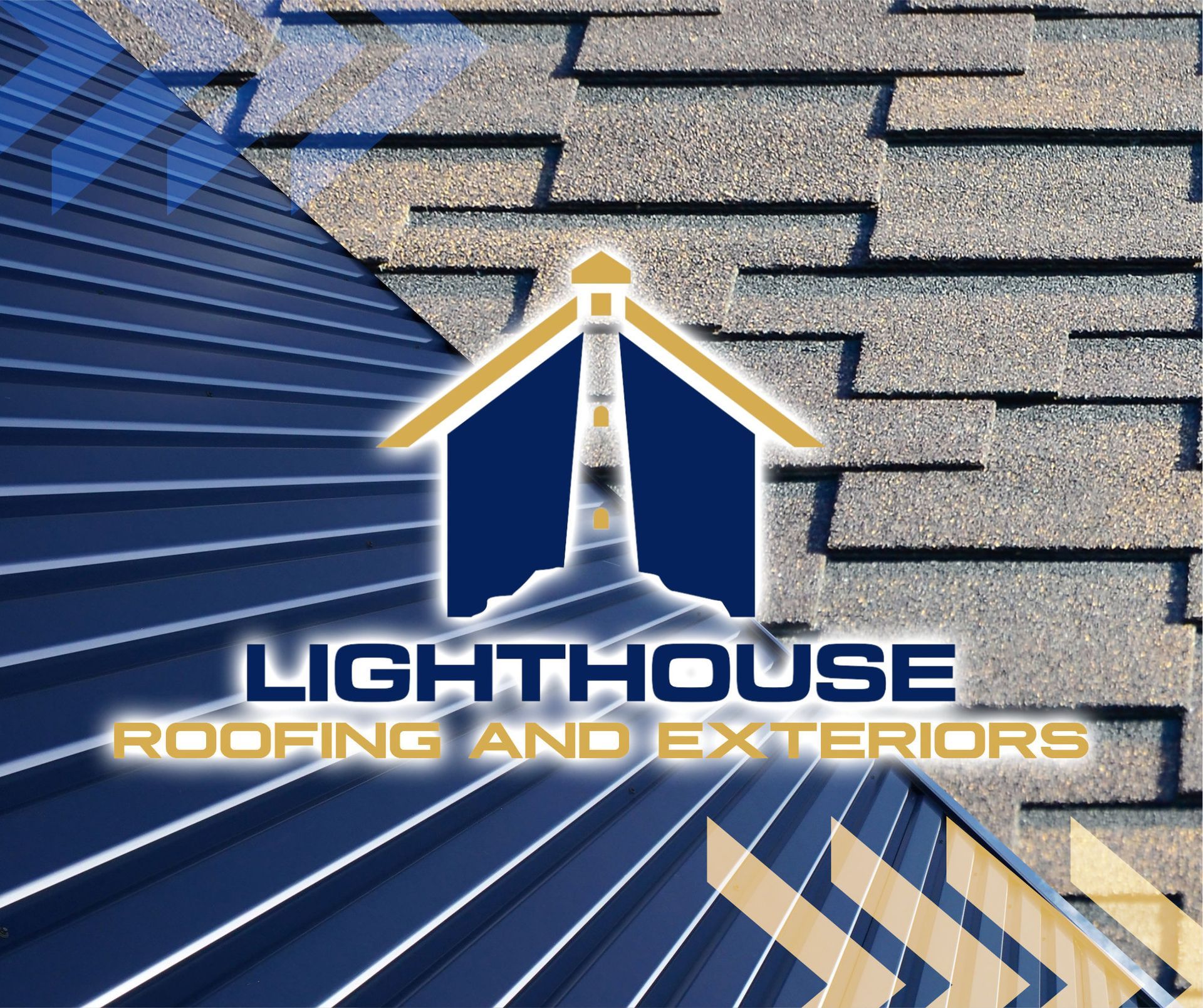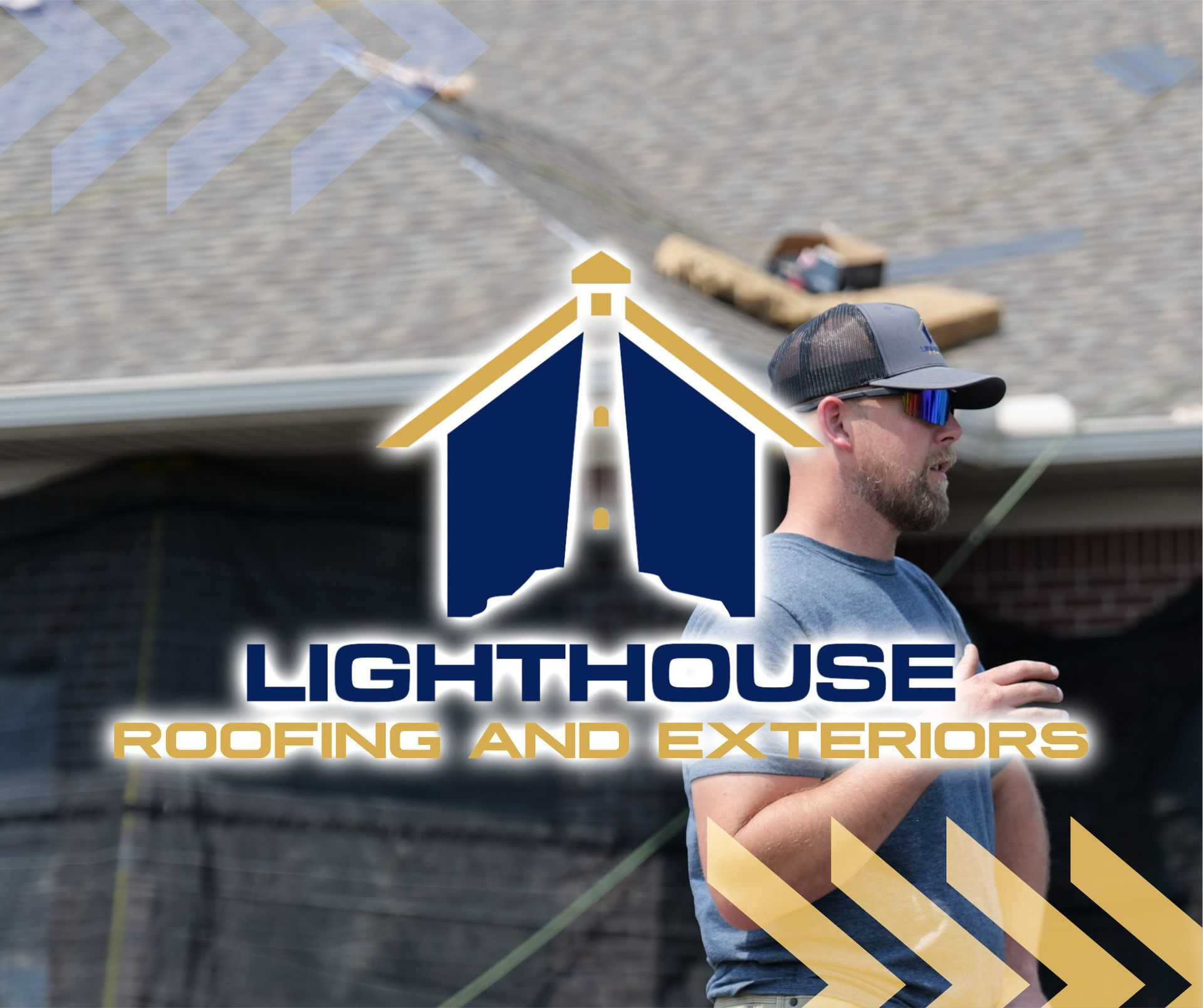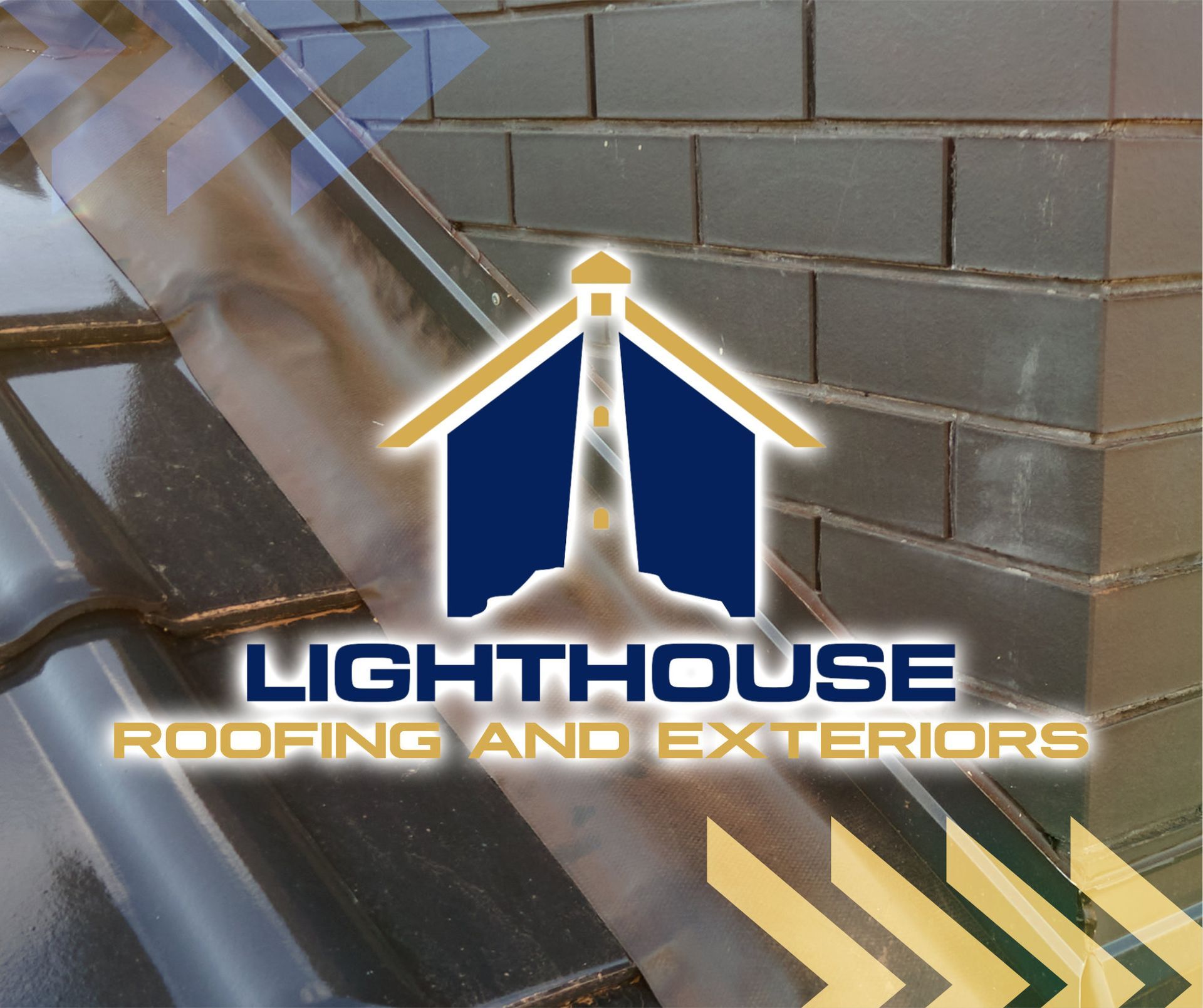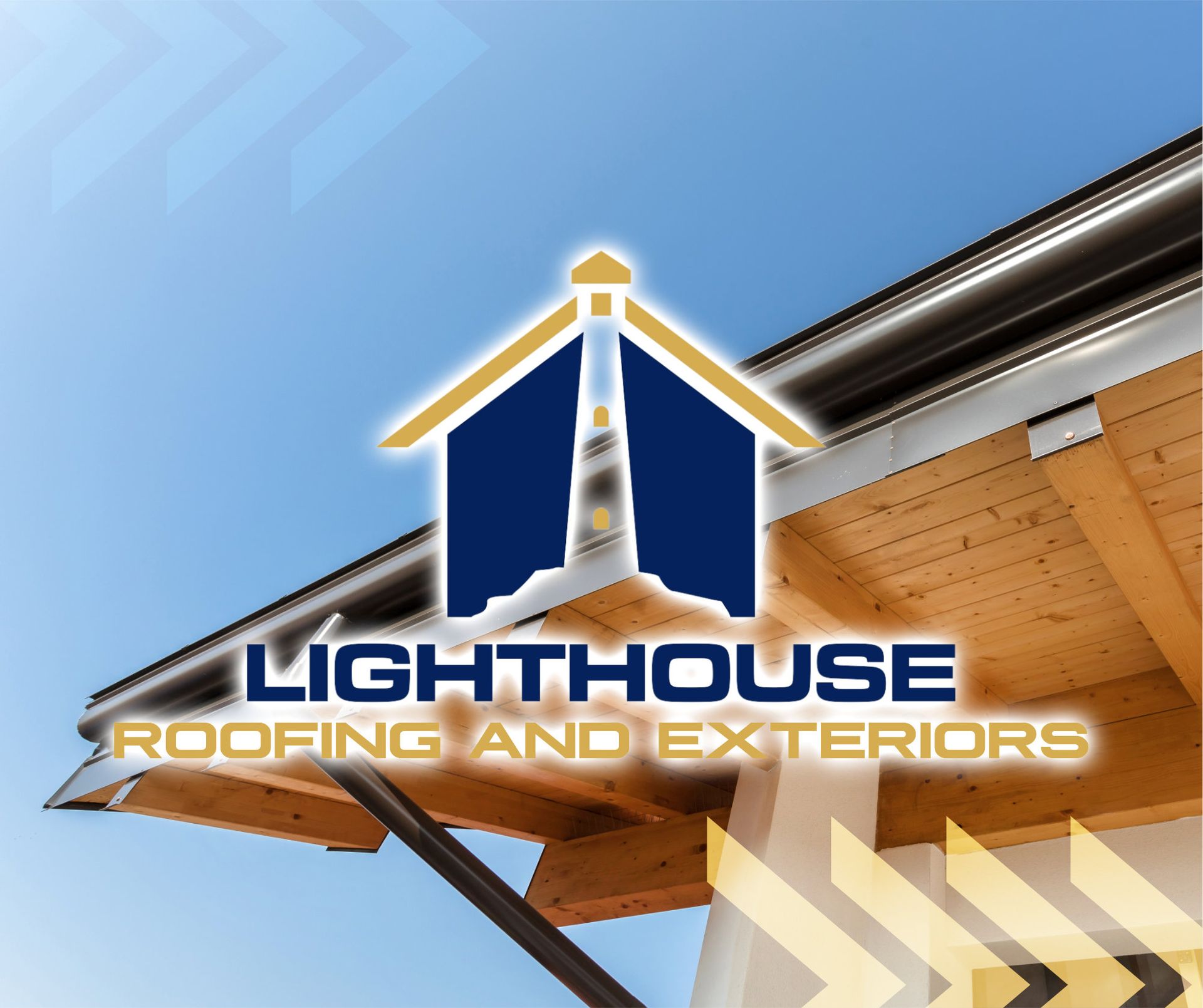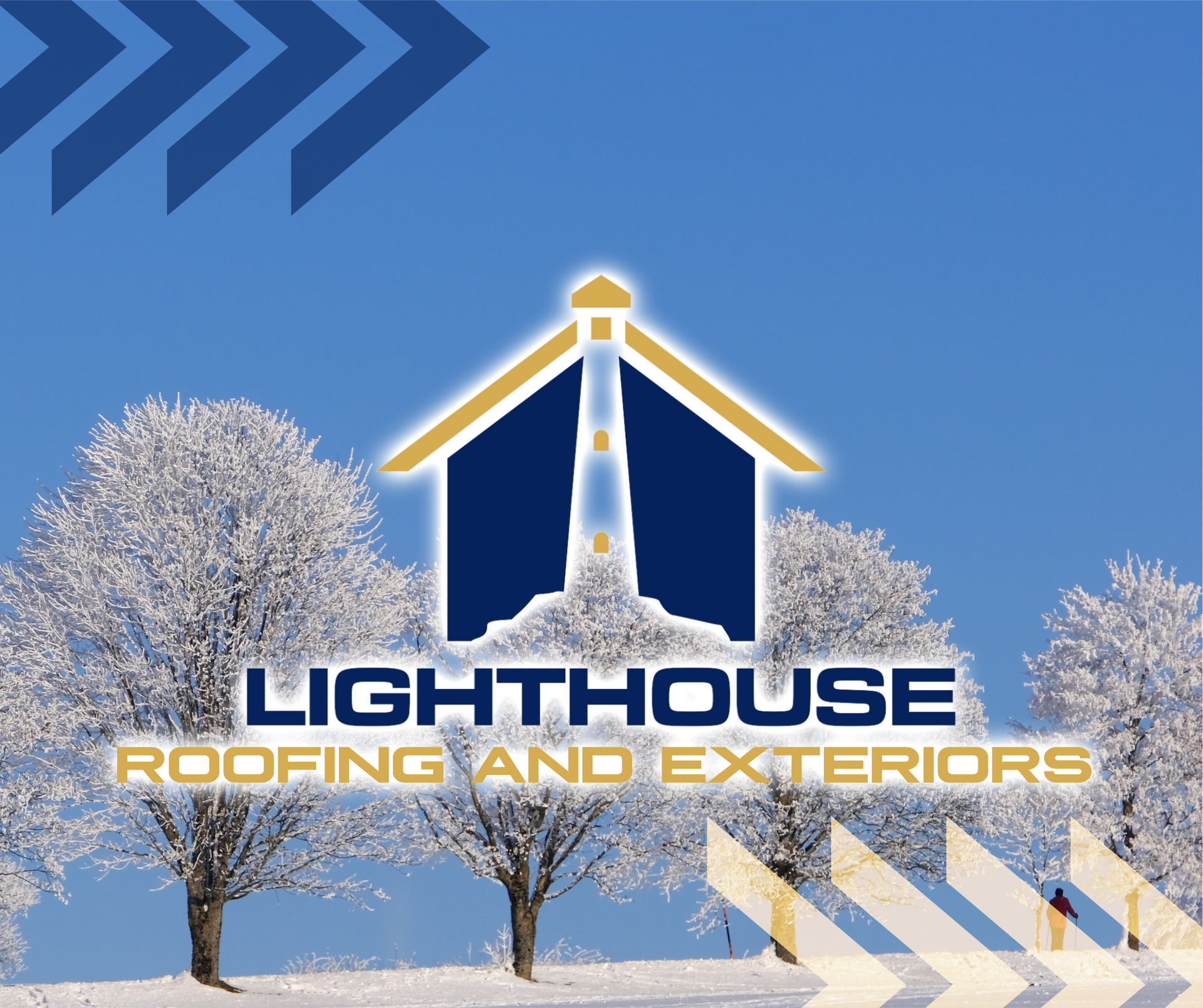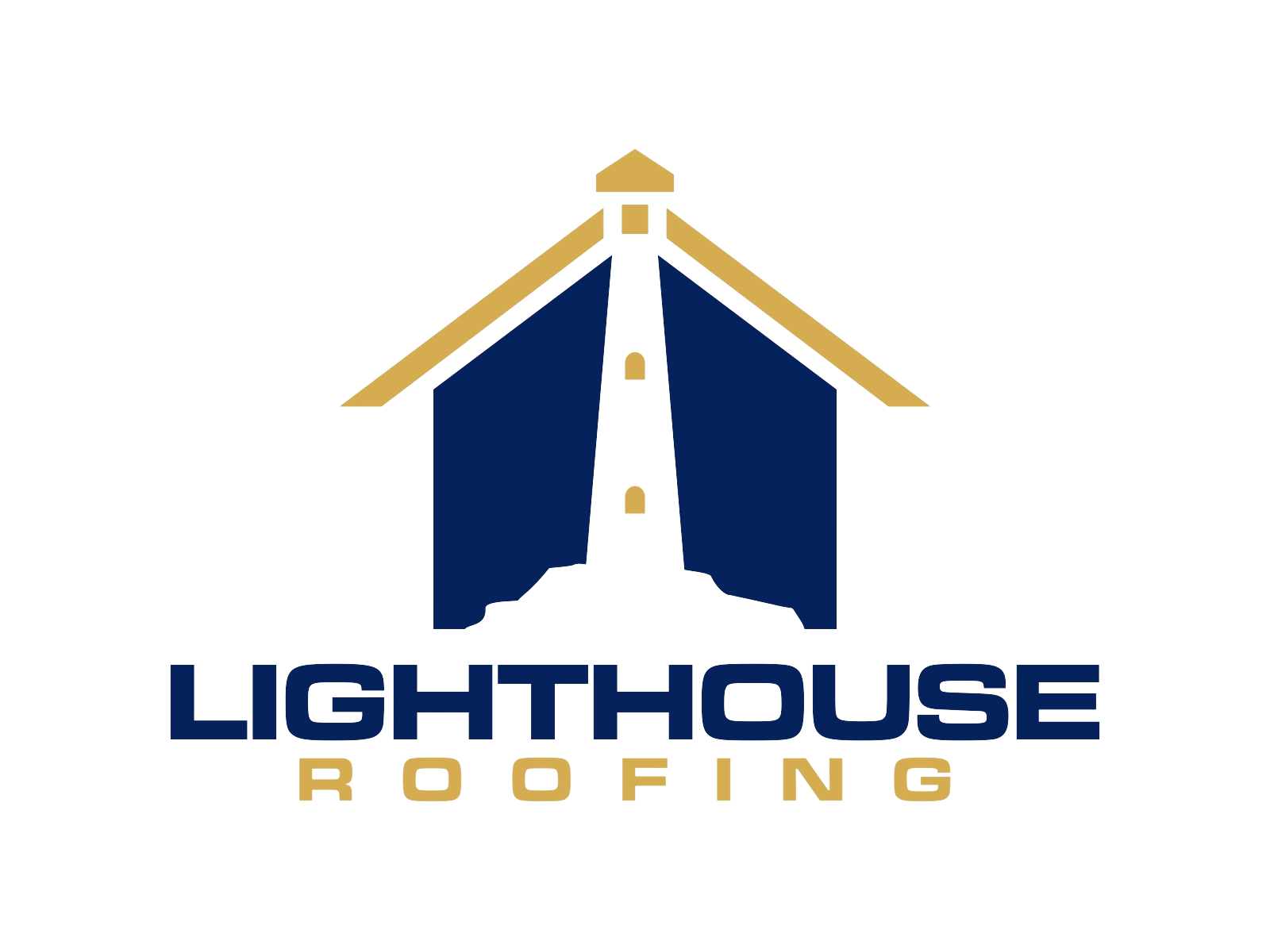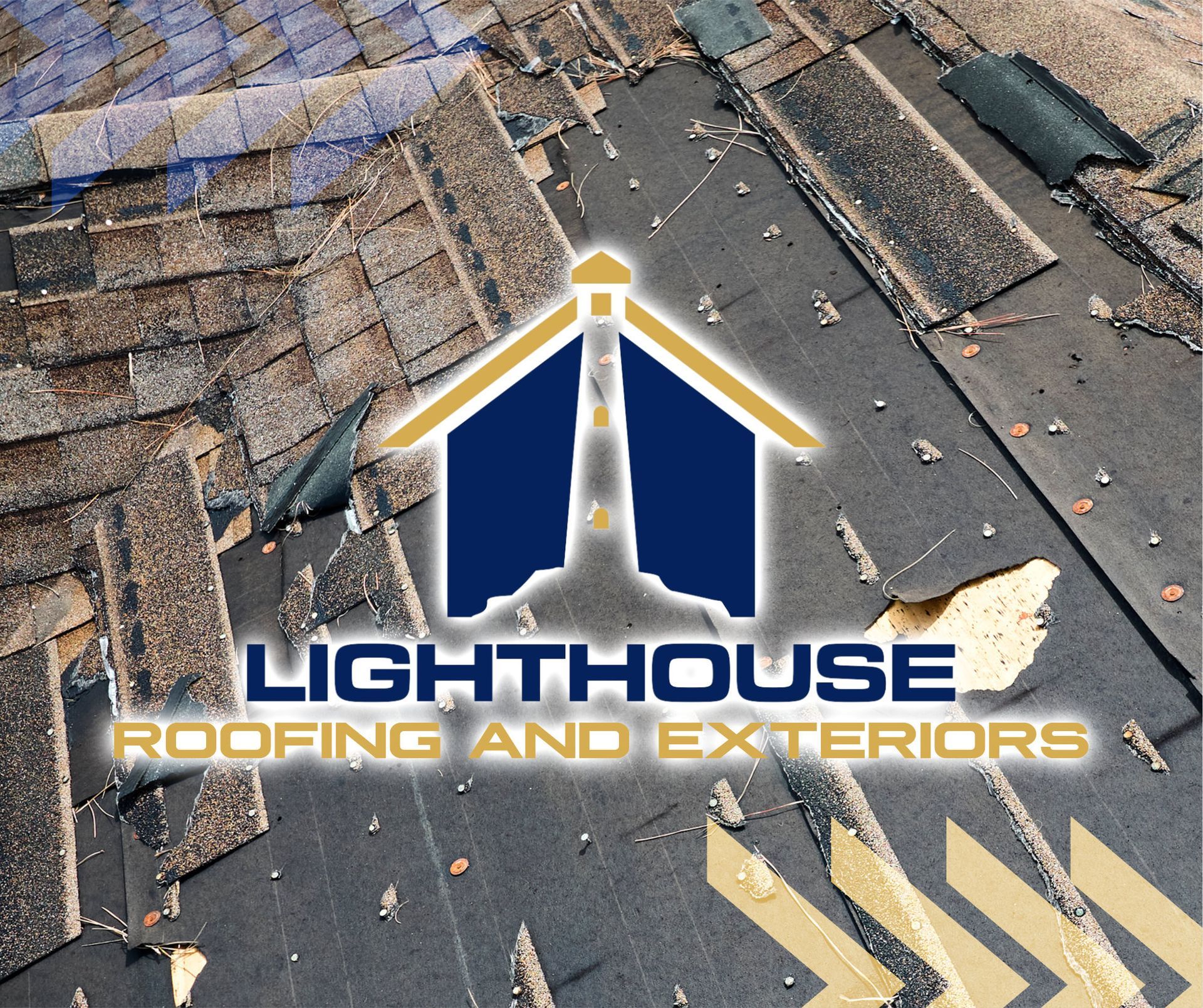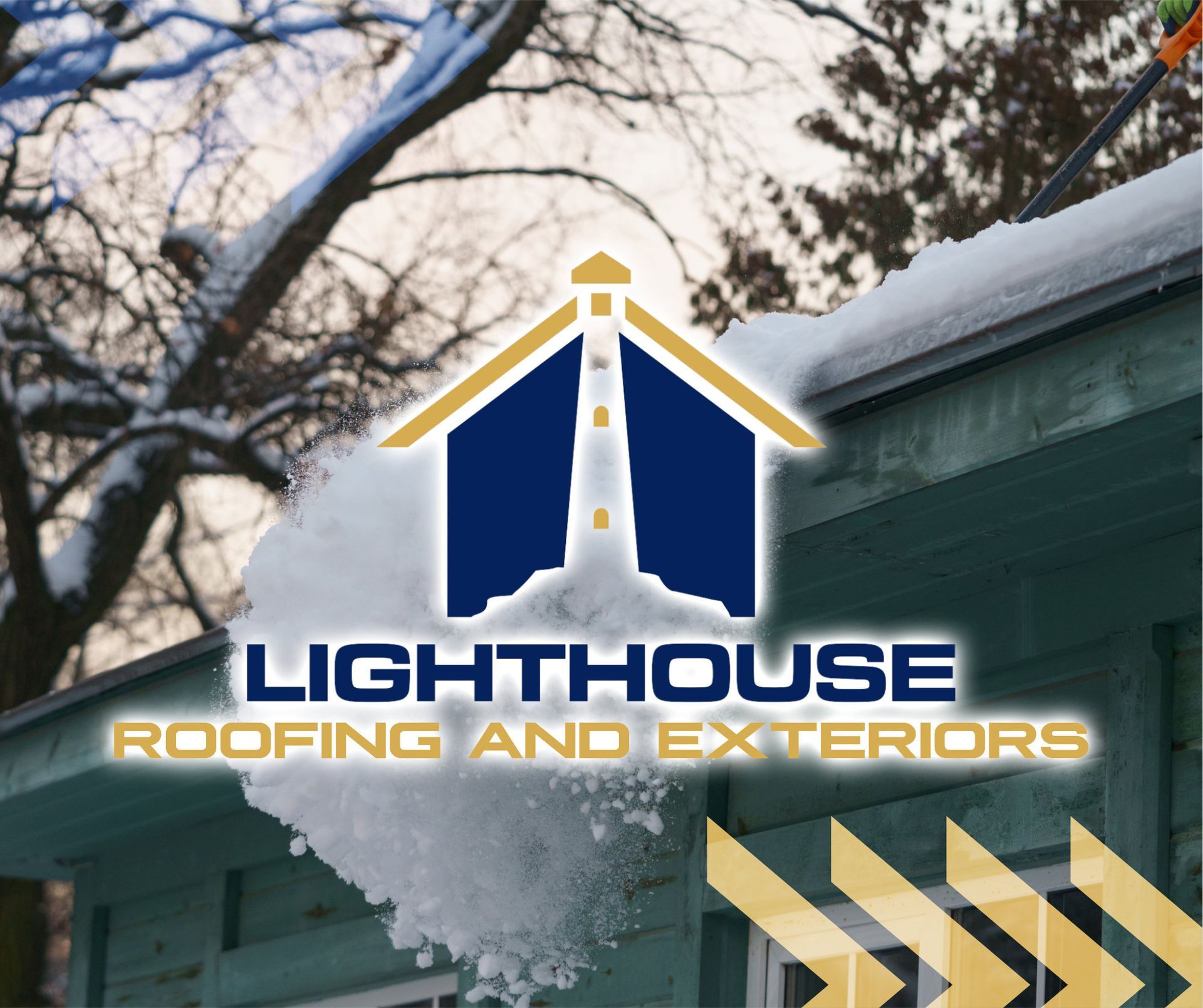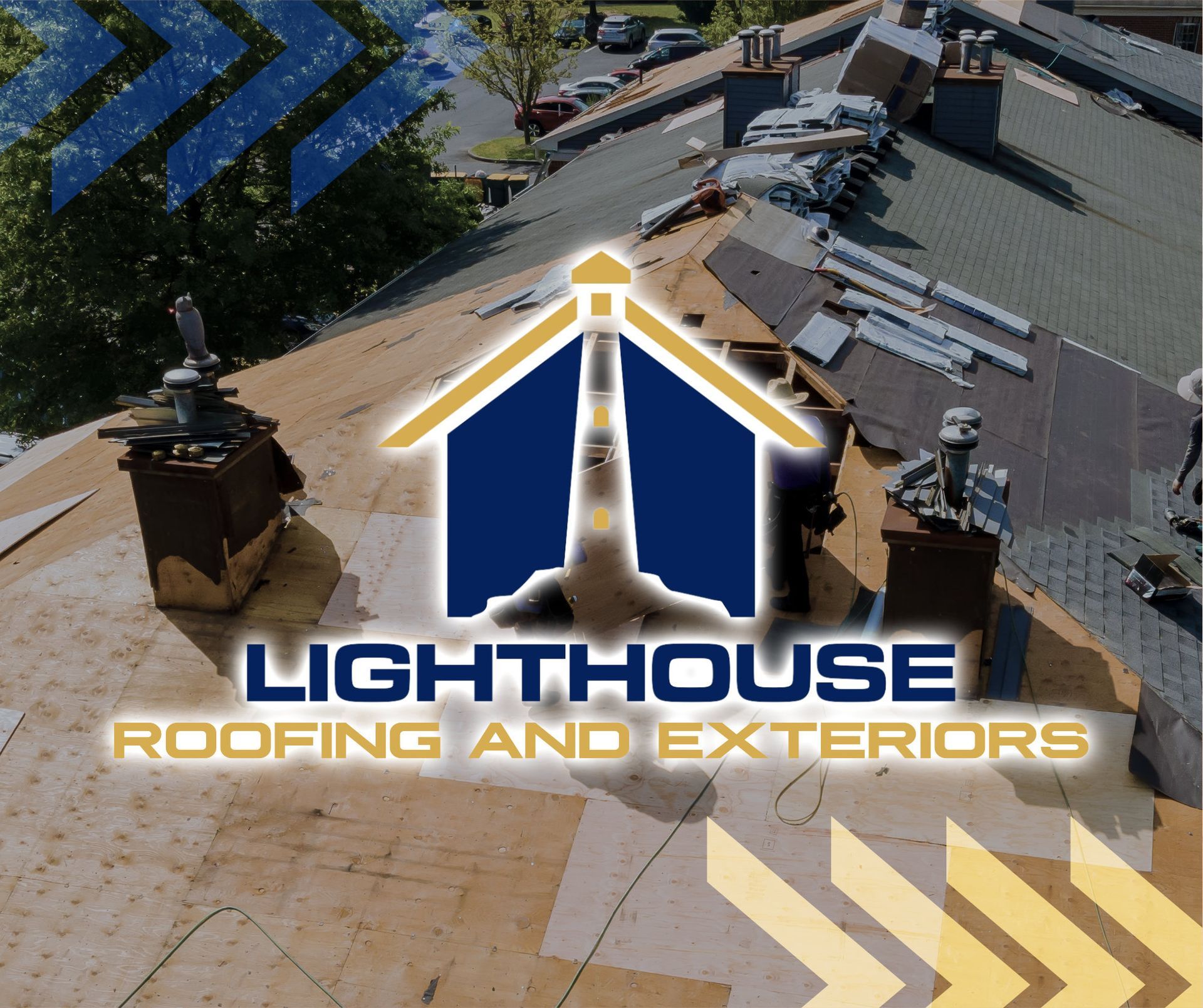By Dillon Scott
•
January 27, 2025
The Hidden Costs of Ignoring Gutter Maintenance Gutters play a crucial role in protecting your home from water damage by directing rainwater away from your roof, foundation, and landscaping. Yet, they are often overlooked when it comes to routine home maintenance. Neglecting your gutters may seem like a harmless oversight, but it can lead to costly consequences. Let’s dive into the hidden costs of ignoring gutter maintenance and why it’s essential to keep them in good shape. Foundation Damage When gutters become clogged with debris like leaves, twigs, and dirt, they can no longer efficiently channel water away from your home. Instead, water can overflow and pool around your foundation. Over time, this can lead to: Cracks in your foundation : Excess water weakens the soil beneath your home, causing it to shift and crack. Basement flooding : Water seeping through foundation cracks can result in a wet or flooded basement, costing thousands of dollars in repairs. Roof Damage Clogged gutters can cause water to back up onto your roof, leading to: Roof leaks : Stagnant water seeps into shingles and underlayment, creating leaks that damage your home’s interior. Ice dams in winter : In colder months, clogged gutters increase the risk of ice dams, which can lift shingles and cause further damage. Ignoring these issues can result in roof repair costs ranging from $500 to $5,000 or more, depending on the extent of the damage. Siding and Exterior Damage Overflowing gutters can damage your home’s exterior by allowing water to: Stain siding : Water dripping down the side of your house can leave unsightly stains and streaks. Cause wood rot : Excess moisture can lead to rotting fascia boards, soffits, and other wooden elements. These repairs are not only costly but can also detract from your home’s curb appeal. Pest Infestations Clogged gutters filled with standing water create the perfect breeding ground for pests, such as: Mosquitoes, which can spread diseases like West Nile Virus. Rodents and birds, which can make nests in the debris and potentially find their way into your home. Dealing with a pest infestation can result in exterminator fees and damage to your property. Landscape Erosion When gutters overflow, they can wash away soil and mulch, damaging your landscaping. The costs of repairing erosion, replacing plants, and re-mulching your yard can quickly add up, not to mention the time and effort required to restore your outdoor spaces. Decreased Home Value A home with visible water damage, foundation cracks, or a sagging roof sends red flags to potential buyers. Neglecting gutter maintenance can reduce your home’s resale value and make it harder to sell when the time comes. How to Avoid These Costs The good news is that gutter maintenance is a simple and cost-effective way to prevent these hidden expenses. Here’s how: Clean gutters regularly : Aim to clean your gutters at least twice a year—once in the spring and once in the fall. Install gutter guards : These devices can help minimize debris buildup, reducing the need for frequent cleaning. Inspect for damage : Check for leaks, sagging, or other issues during routine maintenance. Hire professionals : If you’re unsure how to clean or repair your gutters, a professional service can handle the job safely and efficiently. At Lighthouse Roofing and Exteriors , we understand the importance of maintaining every aspect of your home. From gutters to roofing, our expert team is here to help you safeguard your property. Contact us today for a consultation or to schedule your gutter maintenance service.


